12 Organic Gardening Trends in 2025: Modern Garden Ideas
-
Pete Ortiz
- Last updated:
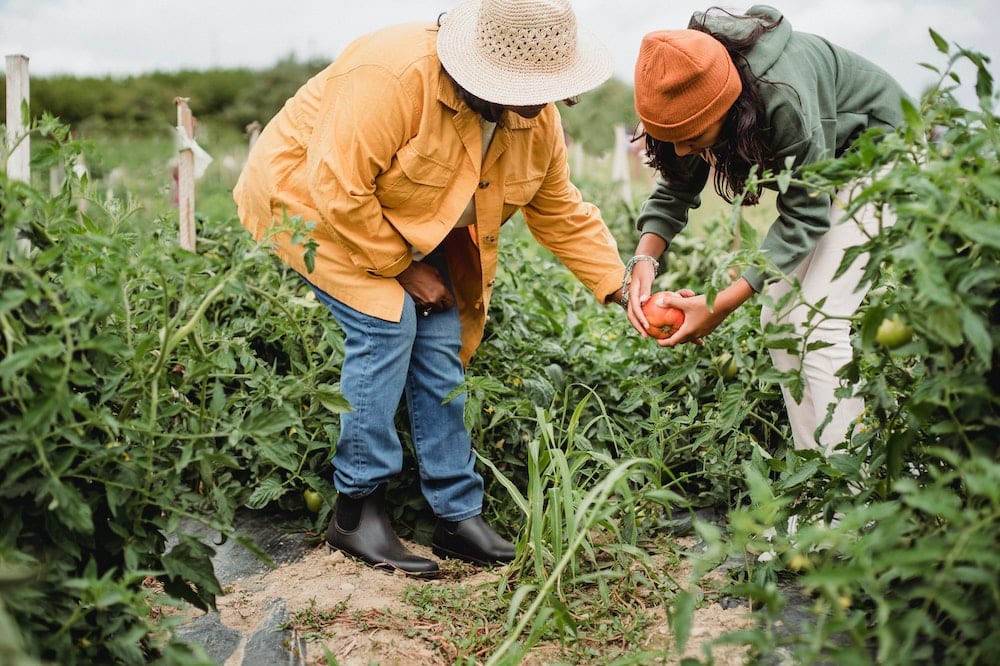
Horticulture—the practice of garden cultivation, maintenance, and harvesting—has been around for thousands of years. Our species wouldn’t have survived without it! And back in the day, when we didn’t yet have synthetic fertilizers or pesticides, every single garden was an organic one. At one point, it was a lost art, but today, ecological farming is making a huge comeback.
So, in this guide, we want to introduce you to the biggest trends in organic gardening. How do you find the right spot for your plants, maximize crop yields, and keep expenses low? What are modern gardeners doing to repel pests and diseases? Why is sustainable gardening so popular? What’s “hot” right now? We have all the answers right here!
What Is Organic Gardening? Breaking It Down
You’re probably wondering: what sets organic gardening apart from conventional farming? There’s only one difference, but it is a big one: synthetics are not allowed. Organic gardening prevents the use of artificial products. First, processed fertilizers are off the table. Second, ecological farming rejects using artificially formulated chemicals on the soil and the crops.
That means no synthetic pesticides can be applied against pests. The same is true for artificial remedies against weeds and diseases. Organic farmers believe that synthetic compost damages the integrity of the soil while making the food taste worse. Another big concern has to do with chemical residue on the produce. Now, while natural pest control isn’t very effective, it does hold most bugs back.
The 12 Organic Gardening Trends
1. Soil Tests Come First
Before you start an organic garden, run a thorough soil test. This is one of the biggest trends this year, and for good reason. It will not cost you a fortune but will help determine how healthy and fertile the soil is. Detailed info on the nutrient profile, structure, and relative acidity of the soil will allow for improving the nutrient balance, maximizing crop yields, and preventing degradation.
Now, even if the soil is perfectly fine, a thorough diagnosis can reveal whether you need to add any fertilizer products or not. It’s no secret that an overabundance of manure/compost is bad news for most plants. You’ll save money by using less fertilizer, too, and contribute to a “greener” future.

2. Make Your Own Compost Pile
With the economy in turmoil, paying for something that you can make for free is not the best idea. Now, the market is full of genuinely organic compost that has zero synthetic ingredients. However, most gardeners believe that no commercial mulch can compete with the one made with your hands. This will take time, though. So, make sure you have the fertilizer ready-steady when you need it.
On average, compost requires two weeks to four months to break down. But, depending on the size of your pile, the materials used, and the maintenance routine, it could take up to four years. You’ll know that it’s ready when you see tiny particles that look like soil in the pile. Also, compost has a dark brown color and smells like earth. To speed things up, make sure the materials are shredded and attend to the pile regularly.
3. Rotation Is a Must
It’s not that rotation hasn’t been used before. However, it’s getting the recognition that it deserves. More importantly, plant rotation is doing wonders for the garden. It’s when you move your crops to new beds instead of growing them in the same spots for many years. The biggest pro of doing this is keeping the soil healthy and rich in nutrients. Give it a couple of years, and the soil will replenish itself.
Rotation also confuses the pests in the garden and helps the plants fight off diseases. Every single vegetable, fruit, and flower is unique. Cucumbers, for example, need a specific type of nutrients to grow and prosper. Tomatoes, in turn, feed on a whole another set of elements and minerals. In addition, these veggies are attacked by different pests and are prone to different diseases. That’s exactly why rotation works!
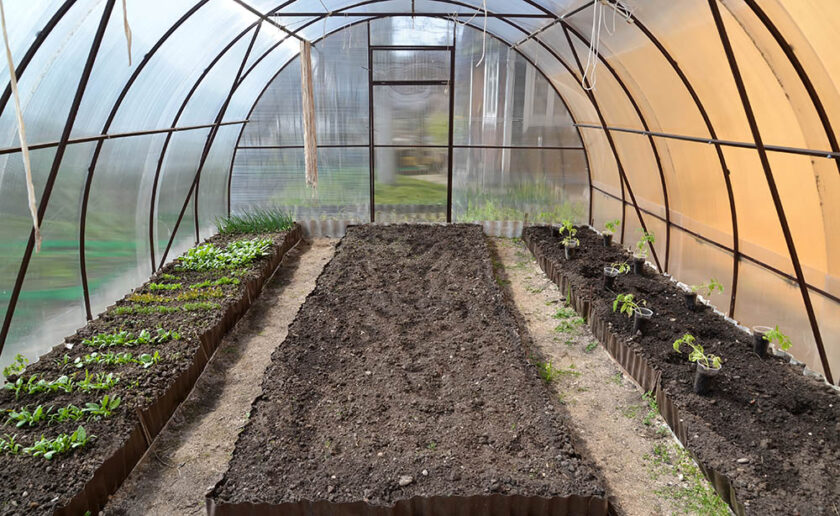
4. Maximize the Harvest
There are tried-and-true techniques for increasing crop yield in a small or medium-sized garden, and they’re trending this year. Primarily, we’re talking about companion planting, of course. Native American tribes have been doing this for thousands of years. So, why not adopt their ways? Companion planting is about growing hand-picked flowers, herbs, veggies, and fruits in the same plot.
And it all started with the agricultural phenomenon called “Three Sisters”. It involves planting beans, squash, and corn alongside each other to stimulate growth. The beans are rich in nitrogen; the corn serves as a natural trellis. The squash protects the beans from the sun. And this isn’t the only beneficial combination—far from that! Companion planting helps repel bugs, keeps the seeds healthy, and increases the crops.
5. Put Barriers to Good Use
Organic gardening forbids the use of chemicals—all of them. That’s why you’ll have to rely on mulch and mechanical weed control to, well, keep weed growth under control. As for measurements against destructive bugs, manual removal of pests and damaged plants, along with organic pesticides, are very common practices, but they do take a lot of effort.
Instead, it’s recommended to go with traps and barriers. They do a great job of protecting crops from bugs and insects. We’re talking about collars for cutworms and row covers for other pests. While these remedies don’t guarantee 100% results, you will see an improvement in the garden. Raised beds can also work, by the way.
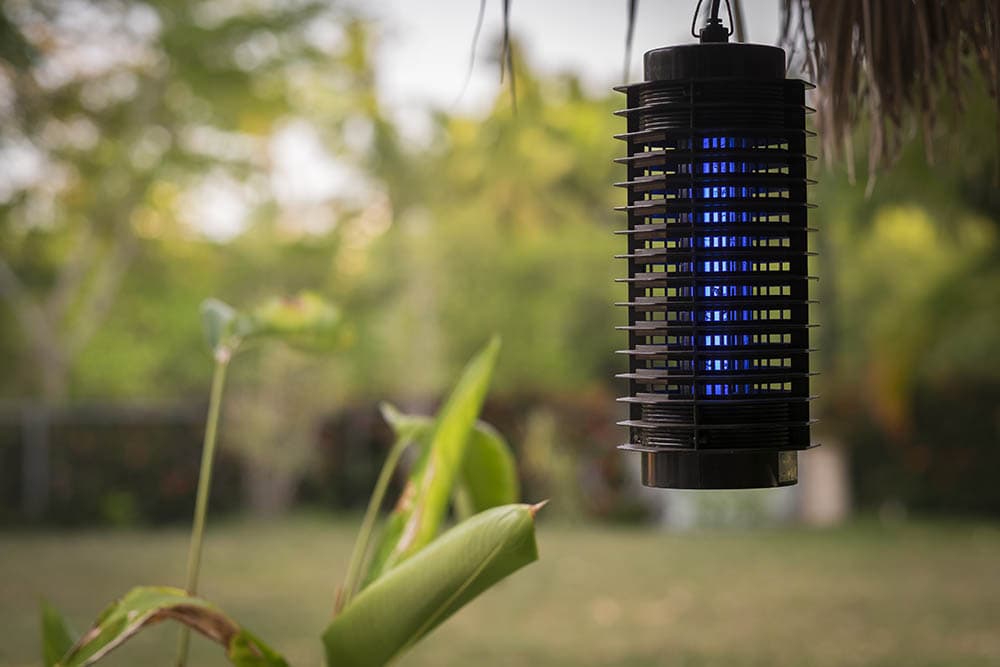
6. Mowing and Mulching
How do you break ground in the garden? In recent years, garden tarps have been a rather common technique. Unfortunately, you won’t be able to get the garden ready quickly this way. Furthermore, it’s hard to keep the tarps in place or move around. That’s why, lawnmowers are being used instead. They cut the grass, and the gardener covers the soil with straw or leaves. Compost is added later to add nutrients to the soil.
For the best results, make sure the compost layer is nice and thick (6–8 inches). Otherwise, root plants might not develop properly. Finishing up, go over the whole thing with a wheelbarrow, and that’s it—you’re now ready to plant some vegetables and fruits! Mowing and mulching are one of the fastest ways of turning an untreated area in the yard into grounds for an organic garden.
7. Opt for Bright Colors
Eco-friendly gardens are all about growing healthy food, but that doesn’t mean you can’t have a little fun. Besides, bright hues are a mighty trend. Lilac, pink, red, purple, and orange are leading the charge. Gardeners are planting the likes of salvia, canna, sienna, and crocosmia to bring life and colors into their yards. Allium lavender is another crowd favorite, thanks to its dark-purple blooms and resilient nature.
The idea is to introduce low-maintenance, lush, and tall flowers that stand out and attract beneficial bugs. This mostly applies to traditional gardening, of course, but organic farmers are adopting this trend as well. If you don’t want to spend time trying to find the right plant(s), you can just pick one from the RHS list and go with it. Or, follow another trend and pick native plants instead. They’ll be much easier to grow.
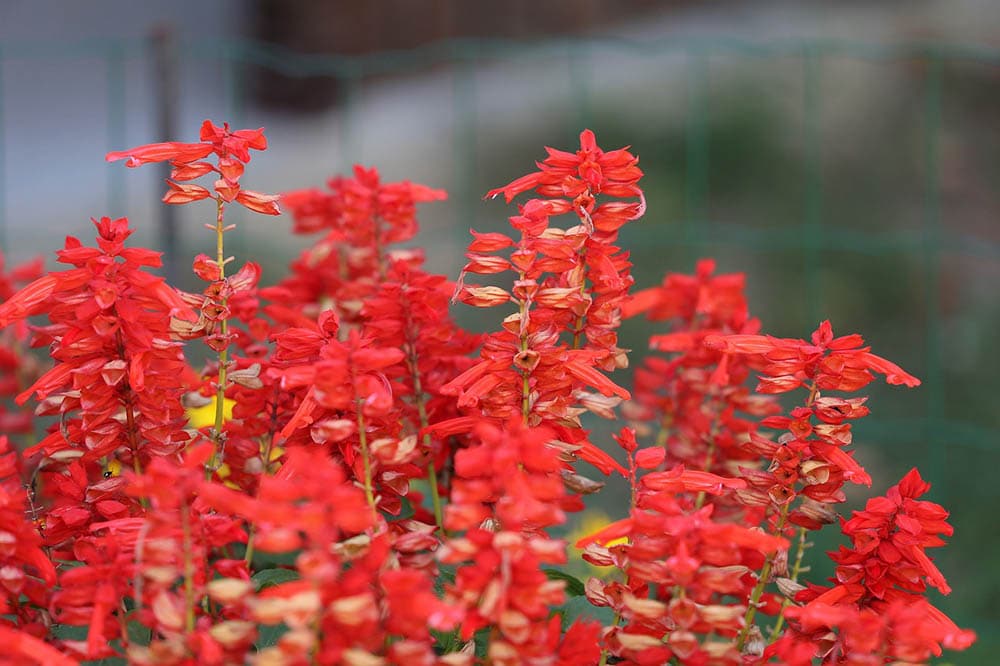
8. Embrace Sustainable Gardening
World governments are investing billions of dollars into an environmentally-friendly future, and you should consider joining the movement through sustainable gardening. With an organic farm, we say no to pesticides, keeping the soil healthy and sparing beneficial bugs. On top of that, we compost our own piles, aiding in the natural way of things. But this can be taken a step further. So, what is a sustainable garden?
Why is it a trend? The idea is simple yet important: to bring no harm to the soil and to conserve resources. The better we are at taking care of the soil, the easier it will be for the new generations to run organic gardens. Make a rule of using water, nutrients, and fertilizer products efficiently. Also, consider repurposing things like old furniture, bricks, and other materials.
9. Switch to Drought-Resistant Plants
Yes, water conservation is a hot topic, and climate change is largely to thank for that. To be able to withstand long periods without rain (which could be a possibility), plant flowers, herbs, and vegetables that can survive on minimal water rations. Verbena and lavender, for example, are not only drought-resistant but also attractive to bees. The list of drought-resilient plants is quite large.
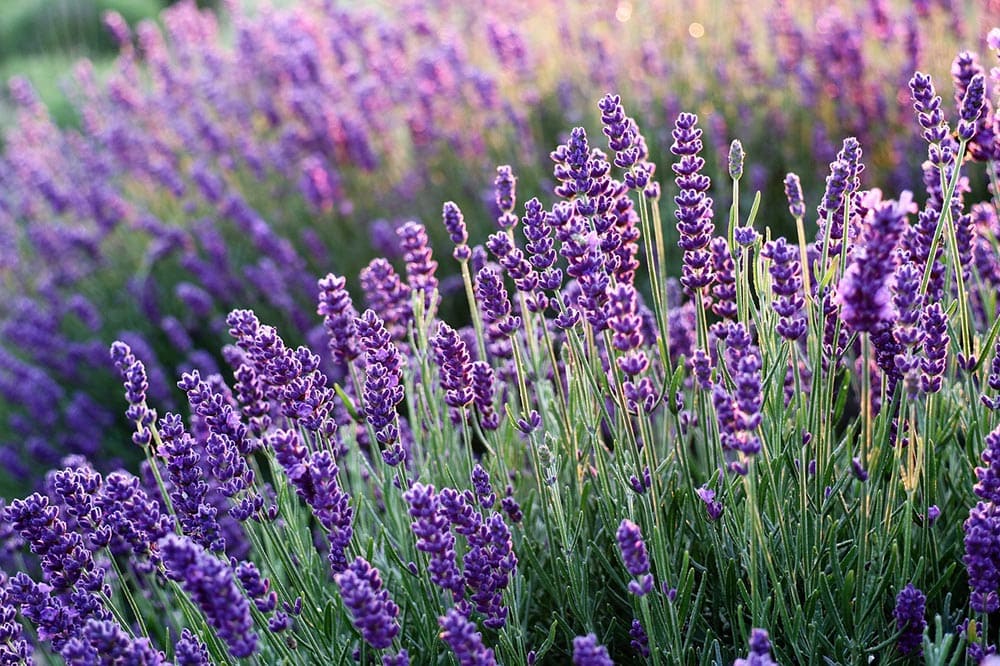
10. Attract Beneficial Bugs
This is a big trend not only for organic gardening but for gardening in general. It’s always a great idea to create an inviting environment for beneficial insects. We’re talking about natural pollinators (wasps, butterflies, hummingbirds, and sunbirds) and predators (ladybugs, parasitic wasps, and spiders) that feed on destructive bugs.
This way, you’ll get bigger, tastier crops. So, how do you attract the “good bugs”? By planting the right kinds of flowers, herbs, and vegetables. Some of the best examples include the carrot family (cilantro, dill, and fennel), aster family (coneflower, marigold), legumes (sweet clover), and various verbena species.
11. Save the Seeds
Why buy a new bag of seeds every year when you can use the ones from your garden? Some of the easiest seeds to store for the winter are legumes (beans and peas), tomatoes, and peppers. Make sure to keep them in a dry, dark, and cool place. The basement is a great choice for this, but only if it’s dry. If not, just put them in a closet or pantry in the driest and coldest room. Once the seeds get completely dry, you can move the whole pack to a freezer.

12. Let Nature Take Its Course
Perfectly-shaped gardens look beautiful, that’s true, but imperfect organic gardens are in fashion this year, and they will get bigger next year. Just let Mother Nature have its way for a while and see where that takes things. There’s even a term for this—curated wilding—and it helps introduce new beneficial bugs into the area. Natural farms take less effort and resources to run, too.
Lastly, eco- and wildlife-friendly gardens are easy on the eyes and carry strong therapeutic value. Sit on a bench in the middle of the garden, watch the crops grow, and relax!
Organic Gardening 101: A Quick Guide
Starting an organic garden in the backyard is no small task. You need to plan everything ahead and know exactly what you’re doing. We have already covered soil tests, rotation, and companion planting. But what about the size, sun exposure, watering, and soil capacity of an eco-friendly garden? Here’s a more detailed breakdown:
- Why does size matter? If you have limited space in the garden, companion planting will help make the most of it. In contrast, when setting up a garden on a large property, you need to think about accessibility. We recommend setting up an organic garden in an area that you visit/go through at least once during the day. This way, it will be much easier to keep it in proper shape.
- How much sun is enough? Most plants require 6–8 hours of sunlight to grow. If they don’t get enough exposure to it, expect slow growth, withered leaves, and a modest harvest. True, some vegetables and fruits do prefer partial shade, but the vast majority of crops rely heavily on the sun to thrive.
- What about the water? It would be best if you have a source of water nearby and a garden hose to water the plants. This is important: before picking the spot for your garden, make sure it’s not in a low-lying area. Otherwise, all the water from rain or flood will gather there, damaging the crops.
- Do you have enough soil? How do you check this? Grab a shovel or a spade and put it into the soil. If you’ve got 6–10 inches of soil, you’re good to go. If not, add some topsoil, compost, and peat moss. Compost will also help turn sandy soil into a loamy one (preferred for most vegetables and fruits).
- What’s your hardiness zone? We use so-called USDA hardiness zones in the US to divide the country into various climatic regions. The lower the number, the colder it is, and vice versa. Different plants belong to different zones and can’t tolerate cold or extreme heat. Check this map to find your zone.

Conclusion
Organic gardening is not a new concept—far from that. Still, cultivators and landscapers from across the globe are constantly finding new ways to do it. Or, at the very least, they’re bringing old practices back and figuring out how to maximize common gardening techniques. Now, organic produce is more expensive than regular food at grocery stores.
That’s because it’s harder to grow and takes more time. However, if you learn how to cultivate eco-friendly crops in your own garden, you won’t have to spend a penny on food anymore! So, go back to our list of trends for this year, pick the ones that suit your garden most, and watch your crops get bigger and tastier at no extra cost!
- What is Organic Gardening?
- What Is Organic Gardening?
- Hottest Gardening Trends for Summer
- How to Grow a Three Sisters Garden
- Planting in Sun or Shade
- Companion and Interplanting
- Why Rotate Crops?
- How long does it take a compost pile to break down?
- Turn Your Spoils into Soil…COMPOST
- Soil Testing
- Organic Gardening 101
- Heat and Drought Tolerant Plants
- STIHL.Com
- Gardening.Org
- Attracting Beneficial Insects
- Reasons to test your soils
- USDA Plant Hardiness Zone Map
- Mechanical weed control
- CornellCALS.Edu – Tarping
- RHS Plant of the Year
Featured Image Credit: Zen Chung, Pexels
Contents

